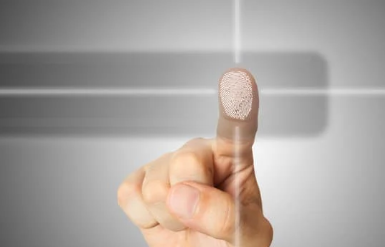Dermatoglyphics and Skin Changes
Do we really have any idea about the science behind our fingerprints? Maybe at some point we question what are the ‘prints in our skin’ thingy about? Have you ever been to see a palm reader…?
The scientific study of finger and toeprints, palm prints and the patterns of ridges and creases on the skin’s surface, particularly on the fingers and palms is called Dermatoglyphics. These unique patterns are formed during fetal development and remain largely unchanged throughout a person’s lifetime.
Dermatoglyphics analysis involves examining the various patterns, loops, whorls and other features in the skin ridges and creases to understand their significance in fields such as anthropology, genetics and forensic science.
Skin Changes
- A severe condition known as septicemia can occur when an infection spreads throughout the bloodstream resulting from an infection in various parts of the body, including the skin – can start from various causes, such as a wound, cut, burn or skin condition like cellulitis or an abscess.
- Vascular changes in the skin include decreased skin temperature and thin, brittle, shiny skin on the legs and feet and these can be symptoms of a vascular disease such as peripheral vascular disease. People with PAD may exhibit one or several changes to the skin of the legs, ankles and feet. These changes often start as mild problems but, with time, can lead to more severe symptoms.
- Liver disease can lead to generalized itching or pruritus, which can be quite uncomfortable and it is believed to be related to the buildup of certain substances in the bloodstream. Also, people with liver disease may have a reddish purple rash of tiny dots or larger splotches, caused by bleeding from small blood vessels in the skin. The liver plays a crucial role in processing toxins and metabolizing various substances in the body, so when it’s not functioning properly, it can lead to changes in the skin.
Some can also be:
- Stomach issues or gastrointestinal problems can sometimes lead to skin changes or manifestations, although the relationship between the digestive system and the skin can be complex. Some individuals with gastrointestinal disorders may experience rosacea-like skin changes on the face. These skin changes often include redness, flushing and visible blood vessels.
- There are also drug-induced skin changes that occur as side effects or adverse reactions to medications. These changes can manifest as various types of skin reactions or conditions, ranging from mild rashes to more severe allergic reactions. Rashes are one of the most common skin reactions to medications. These rashes can vary in appearance from redness and mild itching to more extensive and blistering eruptions.
It’s important to note that these skin changes can vary in severity and may be more or less prominent depending on cause. If you experience any unusual skin changes in your feet, it is best to seek help to podiatrists. They can evaluate the symptoms, determine the cause and recommend appropriate treatment if necessary.
Are you suffering from any nail condition? At The Chelsea Clinic, we can help. One of our podiatrist can assist and then recommend what treatments are best to get you back on track. Podiatrist South Kensington
Schedule an appointment here or you may call us at +44 (0) 207 101 4000.
We hope you have a feetastic day!
-The Chelsea Clinic and Team




